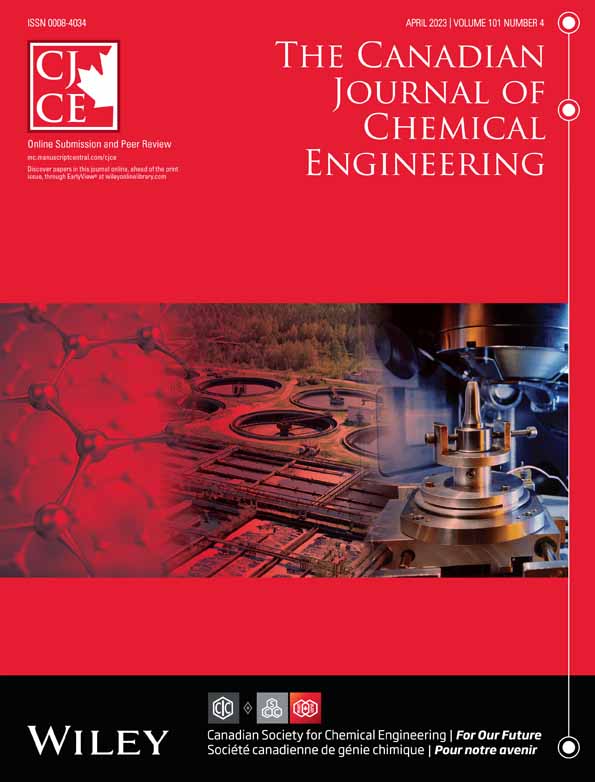A note on using expanded graphite for achieving energy- and time-efficient production of graphene nanoplatelets via liquid phase exfoliation
Funding information: Mitacs; Mitacs and Grafoid Inc.
Abstract
Although easily scalable, the production of graphene nanoplatelets (GNP) by the means of liquid-phase exfoliation of graphite flakes (GF) remains an energy- and time-intensive process. In this work, we demonstrate that significant time and energy can be saved in GNP production when employing expanded graphite (EG) in a surfactant-assisted liquid phase exfoliation process. Owing to its increased interlayer distance, the exfoliation of EG can be accomplished in a much shorter time (<30 min) compared to GF (approximately 7 h in the present case). Moreover, the energy required for the EG exfoliation is close to 80-fold lower than that for GF exfoliation. Monitoring of the mean lateral dimension, specific surface area, and graphite flake-to-GNP transition during exfoliation was performed experimentally using several analytical techniques. The EG-derived GNPs are produced much faster and require less energy for exfoliation compared to GF, thus making it a more efficient alternative technique.
Open Research
DATA AVAILABILITY STATEMENT
The data that support the findings of this study are available from the corresponding authors upon reasonable request.




